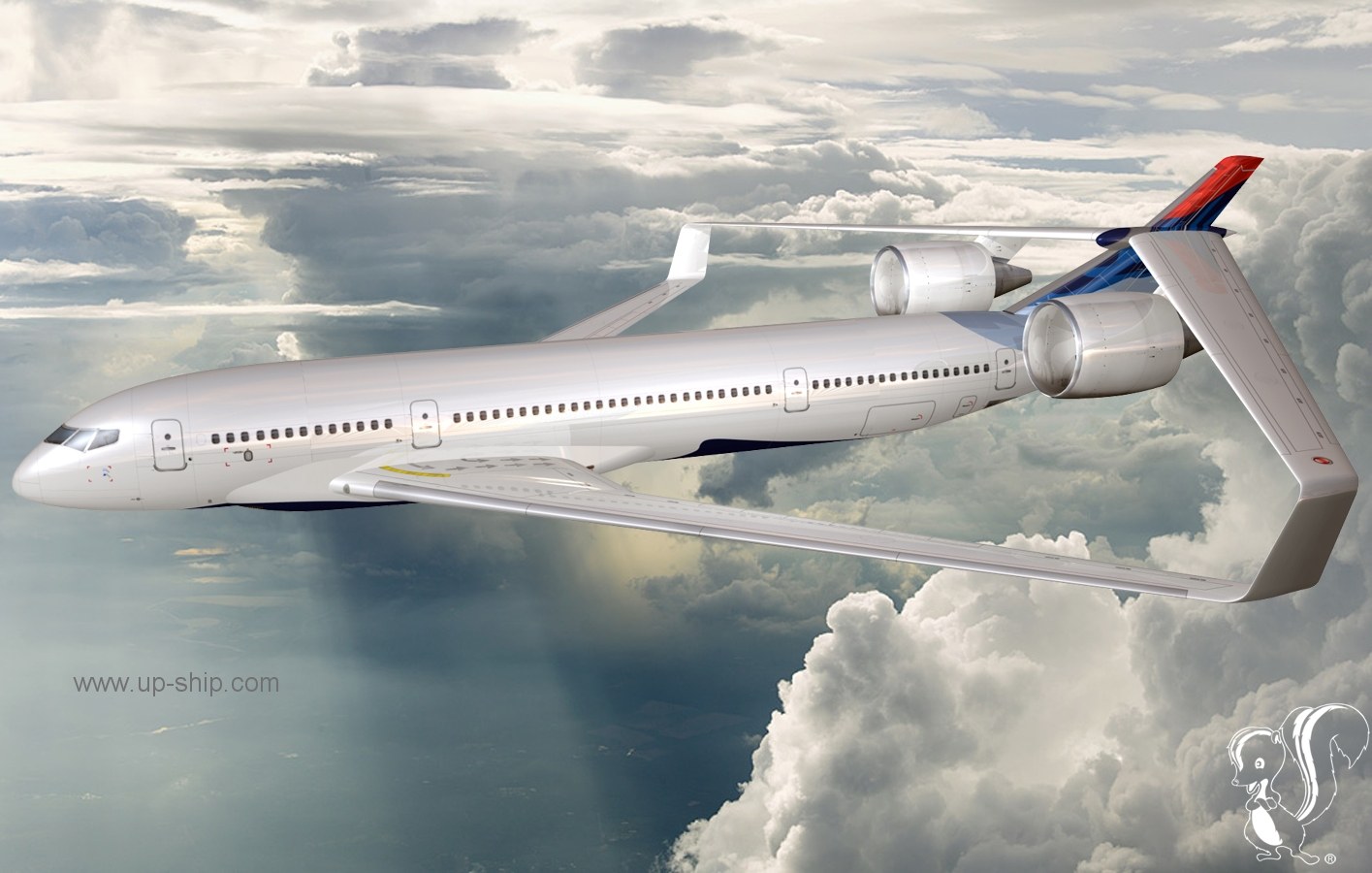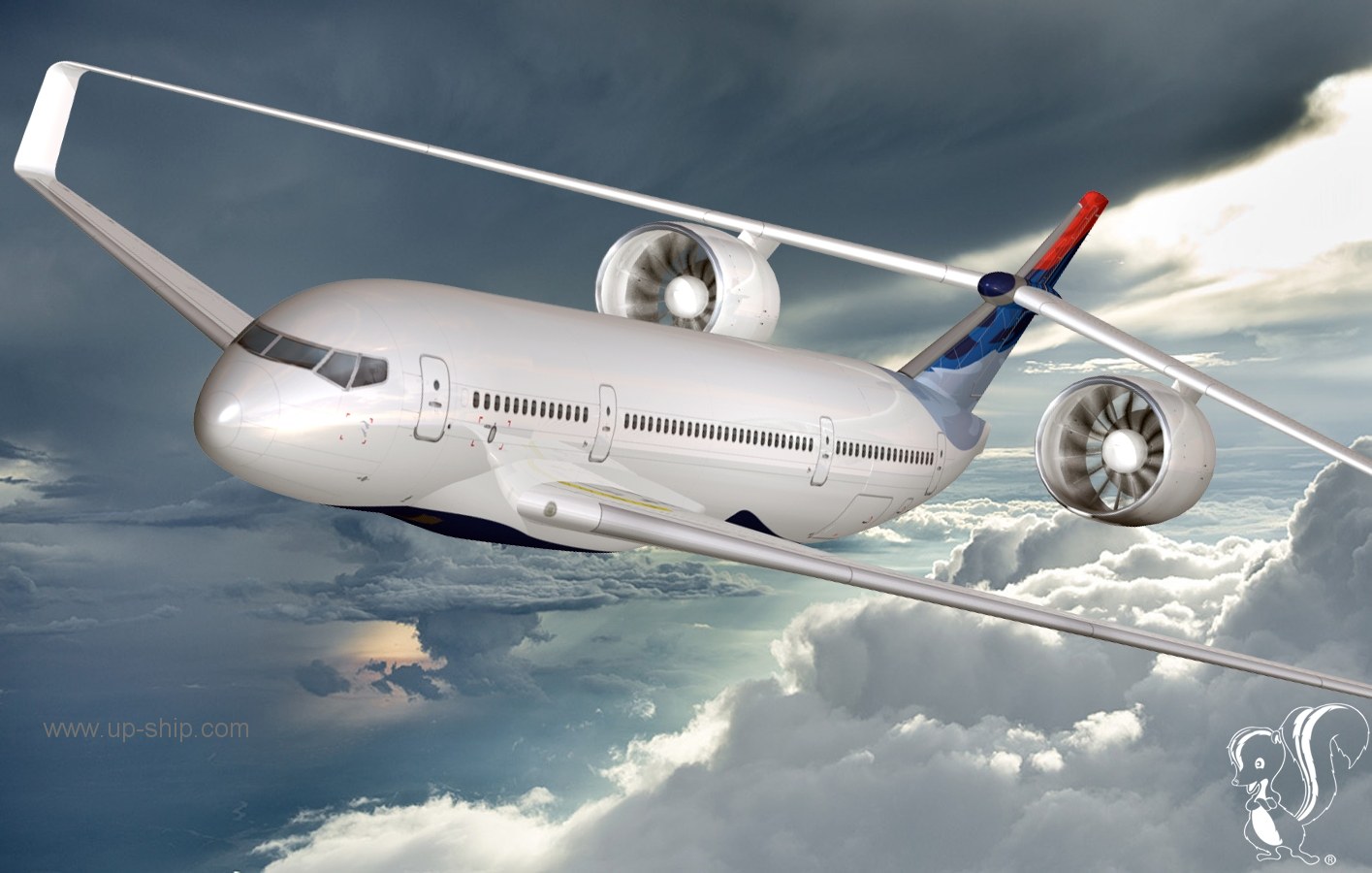New aeronautical research priorities -
• Safe, efficient growth in global operations
Enable the Next Generation Air Transportation System in the United States by 2035 and safely expand capacity of the global airspace system to accommodate growth in air traffic. (NOTE: computerized & highly automated "highway's in the sky")
• Innovation in commercial supersonic aircraft
Provide data for a low-boom standard that could lead to permission for supersonic flight over land. (NOTE: NASA has been researching aircraft shapes that virtually eliminate sonic "boom" impulses by spreading them out)
• Ultra-efficient commercial transports
Pioneer technologies for future generations of com*mercial transports that simulta*neously reduce noise, fuel use and emissions.
• Transition to low-carbon propulsion
Enable transition of industry to low-carbon fuels and
alternative propulsion systems. (NOTE: numerous options including hydrogen, methane and various electric power systems)
• Real-time, system-wide safety assurance
Develop tools for use in a prototype of an integrated safety monitoring and assurance system that detects, predicts and prevents safety problems in real time.
• Assured autonomy for aviation transformation
Enable the utilization of higher levels of automation and autonomy across the aviation system. (NOTE: includes the integration of drones into the commercial airspace)
• Safe, efficient growth in global operations
Enable the Next Generation Air Transportation System in the United States by 2035 and safely expand capacity of the global airspace system to accommodate growth in air traffic. (NOTE: computerized & highly automated "highway's in the sky")
• Innovation in commercial supersonic aircraft
Provide data for a low-boom standard that could lead to permission for supersonic flight over land. (NOTE: NASA has been researching aircraft shapes that virtually eliminate sonic "boom" impulses by spreading them out)
• Ultra-efficient commercial transports
Pioneer technologies for future generations of com*mercial transports that simulta*neously reduce noise, fuel use and emissions.
• Transition to low-carbon propulsion
Enable transition of industry to low-carbon fuels and
alternative propulsion systems. (NOTE: numerous options including hydrogen, methane and various electric power systems)
• Real-time, system-wide safety assurance
Develop tools for use in a prototype of an integrated safety monitoring and assurance system that detects, predicts and prevents safety problems in real time.
• Assured autonomy for aviation transformation
Enable the utilization of higher levels of automation and autonomy across the aviation system. (NOTE: includes the integration of drones into the commercial airspace)




Comment